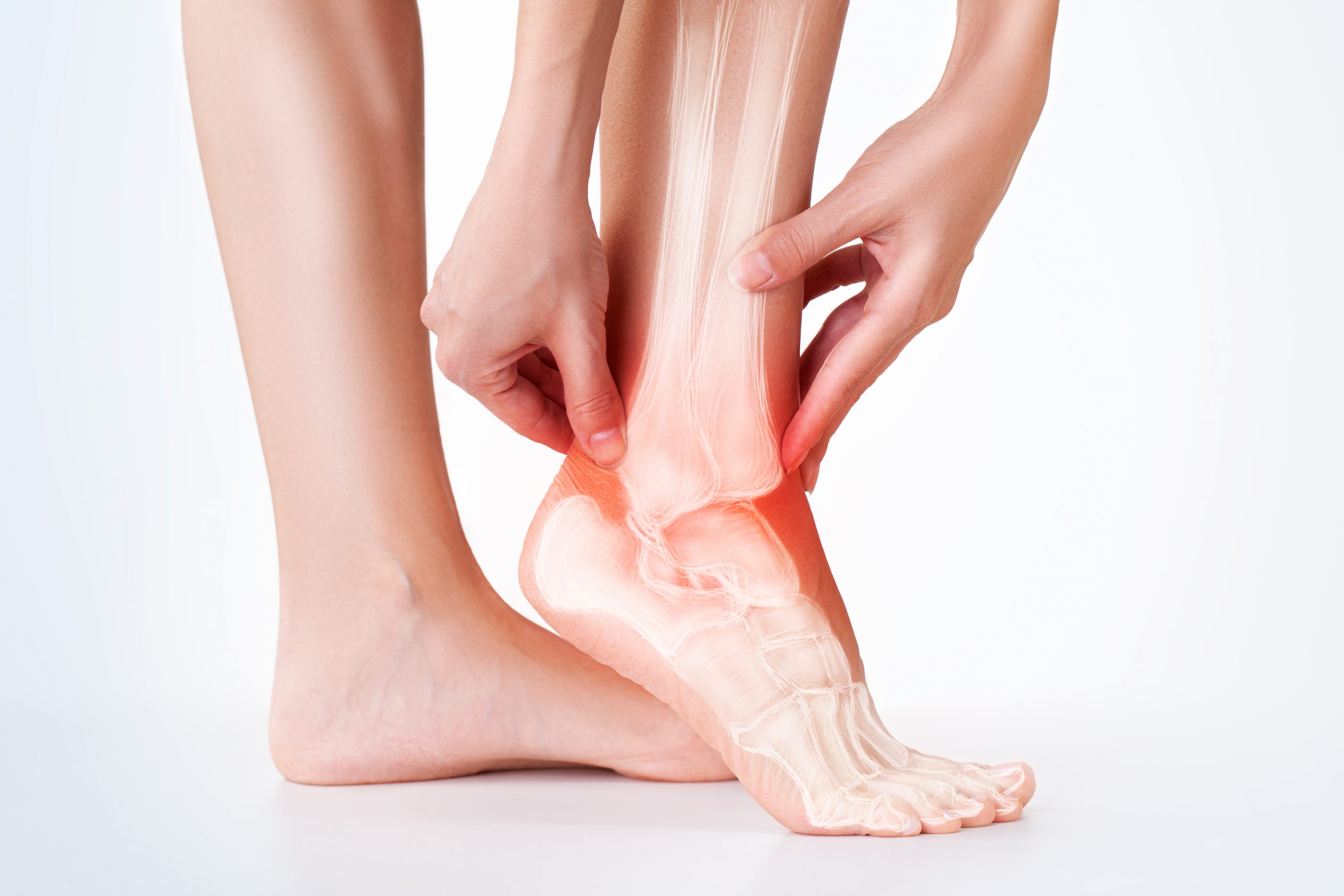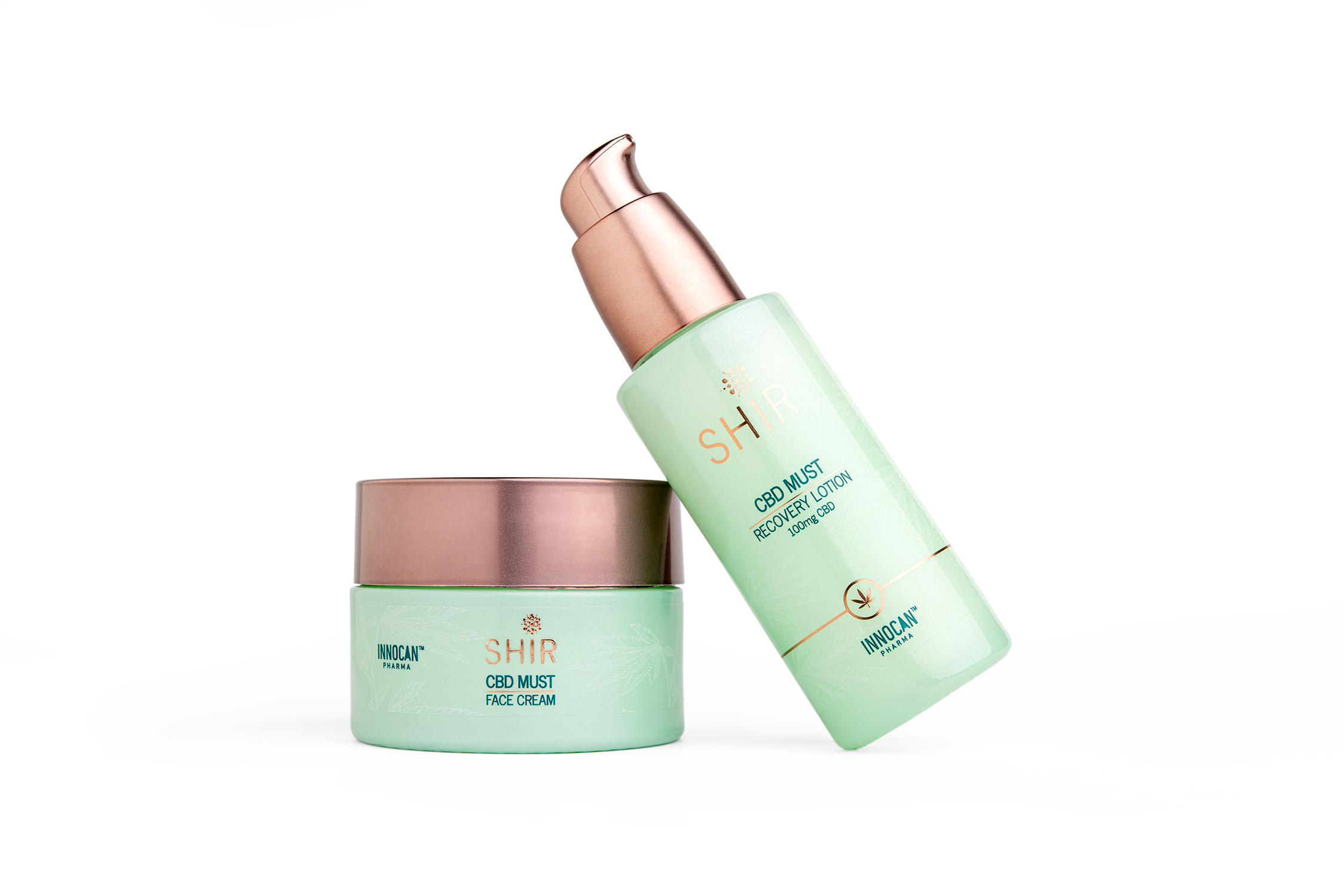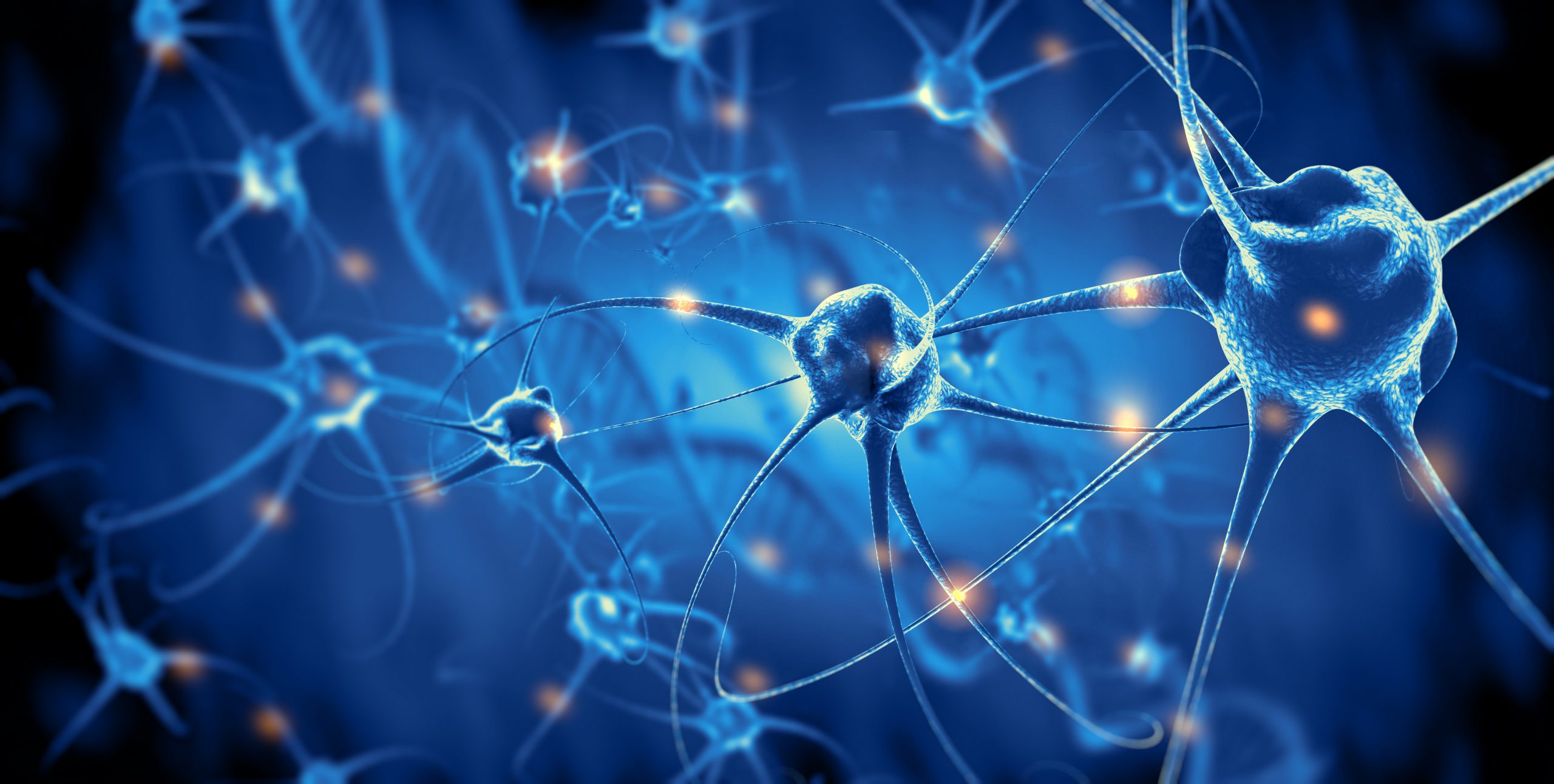How to Use CBD to Treat Sports-Related Injuries
When a professional sportsperson or athlete gets injured, they need to heal and recover as soon as possible. Traditionally, athletes and sportspersons have relied on prescription opioids for overcoming the common symptoms of injury, such as pain and inflammation. But studies have found that many athletes have had to fight opioid addiction since these medications have negative side effects. CBD has emerged as a safer, non-addictive option to treat sports injuries.
What is CBD?
CBD is the short form of cannabidiol, which is a compound present in the oil of hemp and marijuana, which are cannabis plant species.
Cannabis plants contain more than 400 chemical compounds, with at least 61 of them being cannabinoids. The pharmacological properties of CBD are due to eighteen different chemical groups, including amino acids, nitrogenous compounds, fatty acids, hydrocarbons, terpenes, and sugars. Although the key psychoactive chemical in cannabis is Δ9-tetrahydrocannabinol (THC), its pharmacological effects are also due to other cannabinoids.
CBD is thought to modulate THC’s psychoactive effects. Other cannabinoids are cannabinol, cannabichromene, cannabigerol, and multiple other minor components.
How does CBD work?
Unlike THC, CBD does not get a person ‘high,’ but has antipsychotic, anxiolytic, and alerting properties. However, researchers believe humans produce billions of endocannabinoids every day. According to scientists, while endorphins and dopamine were traditionally thought to give the ‘exercise high,’ the endocannabinoids also contribute towards this phenomenon.
In addition to the effects it has on mood and alertness, CBD also influences many other body processes due to the endocannabinoid system (ECS). This system was discovered way back in the 1990s and is believed to be critical for many functions such as sleeping, relaxation, eating, our mood, energy level, immune activity, bone density, metabolism, and how we feel stress, hunger, pain, and more.
The brain has more ECS receptors than receptors for serotonin (the feel-good hormone) or opioids. ECS receptors are also present in intestines, liver, ovaries, pancreas, and bone cells.
When you use topical CBD-infused pain relief spray or cream for pain, the endocannabinoid receptors are activated. Because the brain has more ECS receptors, CBD helps control pain, stiffness, and inflammation, which are the main symptoms in many sports injuries.
Benefits of CBD
Extensive scientific research and anecdotal accounts from doctors, as well as patients, indicate that CBD can potentially be used as an alternative treatment for a wide range of conditions, such as:
- Autoimmune diseases such as rheumatoid arthritis
- Neurological conditions such as dementia, Alzheimer’s, epilepsy, multiple sclerosis, stroke, traumatic brain injury
- Metabolic syndrome
- Neuropsychiatric illness such as PTSD, autism, and ADHD
- Inflammatory gut disorders such as Crohn’s or colitis
- Cardiovascular dysfunction
- Skin diseases such as dermatitis, acne, and psoriasis
Several researchers are investigating the anti-cancer and neuroprotective properties of CBD. A 2010 study found CBD was effective in preventing glioblastoma cell growth and survival. Another study in Germany found CBD can stimulate neurogenesis (new brain cell growth) in adult mammals that has positive implications for conditions that result in damage to brain cells.
Common sports injuries
The typical sports injuries are sprains, strains, Achilles tendon injuries, and other injuries resulting from overuse of a particular muscle or joint.
Here are some of the most common sports injuries:
Sprains: Sprains are the most common injuries that many people who are involved in sports experience. A sprain occurs when one or more ligaments get torn, twisted, or stretched. Ligaments are bands of tissue that are around joints and connect bones to each other. Sprains are most often experienced in the knee or ankle region, with symptoms being pain, inflammation, and restricted movement.
Achilles tendon injuries: Achilles tendon is the largest in the body and refers to a tissue that connects the calf muscle to heel. Achilles tendinitis occurs when there is an injury to this tendon, common in sports where there is extensive running.
Jumper’s knee: Also called patellar tendonitis, this condition happens when the tissue connecting knee cap to shin bone gets injured or inflamed. Jumper’s knee is common in sports that involve repetitive jumping, like volleyball and basketball.
Rotator cuff injuries: The rotator cuff keeps the shoulder blade stable. In sports that involve using the shoulder repeatedly, such as tennis, baseball, or swimming, the rotator cuff becomes prone to injury and inflammation. Pain when trying to lift the arm or reaching behind the back is the most common symptom apart from swelling.
Runner’s knee: Runner’s knee is also a repetitive-motion injury commonly seen in marathoners or other sports that involves biking and running. Symptoms are pain just below the kneecap, and the area gets swollen.
Strains: A strain is different from a sprain, and involves injury to the muscle, as compared to sprain where a ligament is affected. A strain can occur when muscle tissue is overstretched or overextended. In sports, strains occur commonly while lifting, running, jumping, or when a person quickly changes direction.
Tennis elbow: Overuse of elbow, which is common in sports such as golf and tennis, causes tennis elbow, where the outside of the elbow is affected. The tendons get inflamed, resulting in chronic pain.
These injuries can be experienced by anyone other than those involved in competitive sports. It is important to note that while the muscle, bone, tendon, or ligament affected in these conditions may be different, pain, inflammation, or swelling are the most common symptoms.
Pain relief
While there is concern over prescription pain drug overdoses, researchers are focusing on looking for safer alternatives for pain management. Cannabis is seen as an effective treatment option for pain as there is minimal risk of dependence while there is no fatal overdose risk as compared to opioids. A study surveyed 2897 patients who used medical cannabis and found that a majority reported pain relief with cannabis without unpleasant side effects of other pain medications. Besides, 81% of those surveyed “strongly agreed ” that cannabis was more effective when taken without opioids.
A study that featured in the European Journal of Pain that used animal model showed topical CBD pain relief spray could reduce inflammation and pain.
Topical pain relief spray and CBD-based pain relief roll-on have a good concentration of CBD and are highly effective in treating both acute and chronic pain. These products are also known to be effective in treating nerve pain.
CBD-infused patches are also available that can be applied on the area to be treated for extended pain relief. Applying this patch on the knee, neck, back, hand, arm, or any other sore area helps find sustained relief from pain.
Cannabis may aid in post-workout recovery
Muscle fibers can get microscopically damaged during intense workouts that sportspersons engage in. These muscles become inflamed, triggering a response where the body tries to repair the damage, in turn, leading to stiffness and muscle soreness.
With CBD known to have greater antioxidant activity as compared to potent antioxidants such as vitamin C and E, it can be a viable option to treat the inflammation that is commonly seen post-workout.
According to a review conducted in 2018, CBD can reduce inflammation to improve mobility and pain in those with multiple sclerosis. When used as a topical pain relief spray, pain relief roll-on, or pain relief cream on muscles, it can reduce inflammation and aid in post-workout recovery.
Many athletes report using CBD creams on sore muscles post-workout, which helps reduce pain while improving flexibility.
CBD Plus products, recovery lotion, and pain relief spray typically have a blend of high-quality carrier oils or essential oils infused with CBD derived from hemp. These topical creams, gels, and sprays get absorbed quickly and provide quick relief from post-workout pain and soreness.
Muscle cramps are another common issue that athletes and sportspersons encounter during training, post-workout, or after the competition. While previously, dehydration was thought to be the cause of muscle cramps, later research shows that it is because of premature fatigue. When muscles are overworked, the reflexes slow down and result in cramps. CBD topicals such as pain relief cream or pain relief spray are effective on muscle spasms.
CBD for treating chronic traumatic encephalopathy
Contact sports, including soccer, boxing, baseball, hockey, or ice-hockey, can result in concussions or other types of brain injuries that impact brain function. Chronic traumatic encephalopathy (CTE) is a degenerative condition found in athletes and others who have had repetitive head trauma. CTE was diagnosed in 110 out of 111 deceased NFL players in a 2017 study published in The Journal of the American Medical Association.
According to researchers, mood and behavioral symptoms such as anxiety and impulsivity are the typical early-stage signs of the disease. In later stages, CTE can affect memory, speech, and motor functions. Some of the symptoms of CTE include:
- Memory loss
- Difficulty with planning, prioritizing, organizing, and paying attention
- Depression
- Suicidal behavior
- Impulsivity
- Confusion, aggressiveness, anger, and irritability
A more severe version of CTE is Chronic Traumatic Encephalomyopathy, which causes atrophy, spasticity, and profound weakness. Research carried out at Pennsylvania Biotechnology Center indicates that inflammation plays a key role in injury, while other researchers are evaluating the feedback cycle that worsens concussions and other head injuries leading to CTE.
A study has shown, although only in animal trials, that CBD protects brain cells. A 2008 review of research into the use of CBD in treating chronic pain found that it has anti-inflammatory and analgesic properties. A 2000 study found that CBD and THC were effective in reducing neurotoxicity in rats. Another Canadian study found that CBD stimulated neuron growth in newborn rats and reduced depression and anxiety.
Hampson et al found that cannabidiol has neuroprotective effects, which is primarily due to its antioxidant properties. In fact, the researchers showed that the antioxidant activity of cannabidiol is more than that of vitamin C or E.
In recent times, John Hopkins has initiated a study to evaluate the amount of cannabinoid use in NFL season, track injuries, recovery, and course of treatments that players received along with studying their overall health in relation to CBD use.
CBD for energy restoration
In the past, many athletes have relied on energy drinks, pills, or caffeine to boost alertness and energy levels. The main ingredient in energy drinks and pills is caffeine, which, when taken in excess, can have negative effects such as fast heartbeat, anxiety, and tremors, not to mention withdrawal effects. The advantage of using CBD for energy restoration is that it has no side effects or withdrawal symptoms.
A 2014 article that was published in Current Neuropharmacology highlighted that cannabidiol could be considered to be a “wake-promoting agent.” When microinjections of CBD are administered to the brain, they activate neurons that boost dopamine levels and alertness.
CBD for promoting healing of broken bones
Broken bones are one of the common sports-related injuries. When there is a broken bone, the body begins the healing process by building callus at the fracture site, which bridges and seals the gap between broken ends.
Researchers have found that CBD promotes fracture healing by stepping up the protein collagen that is found in the bones.
How to choose the best CBD products?
If you are in a region where CBD is legal for treating pain and inflammation, you can buy it from a regulated dispensary. Buying online may be risky when there is no standardization or regulation. Whether you are looking to buy pain relief spray, pain relief roll-on, pain relief cream, CBD Plus, or recovery lotion, it is important to check the ingredients list on the label, and whether the manufacturer has the required credentials and licenses.
A 2017 study found that 43% out of 84 online CBD-based products had more CBD than what was declared in the label, while 26% had lower-than-expected levels of CBD. Quality is a top priority because cannabis plants tend to absorb heavy metals from contaminants and pesticides. Look for a reputed company that documents in detail its quality and testing policies on its website.
More articles:









